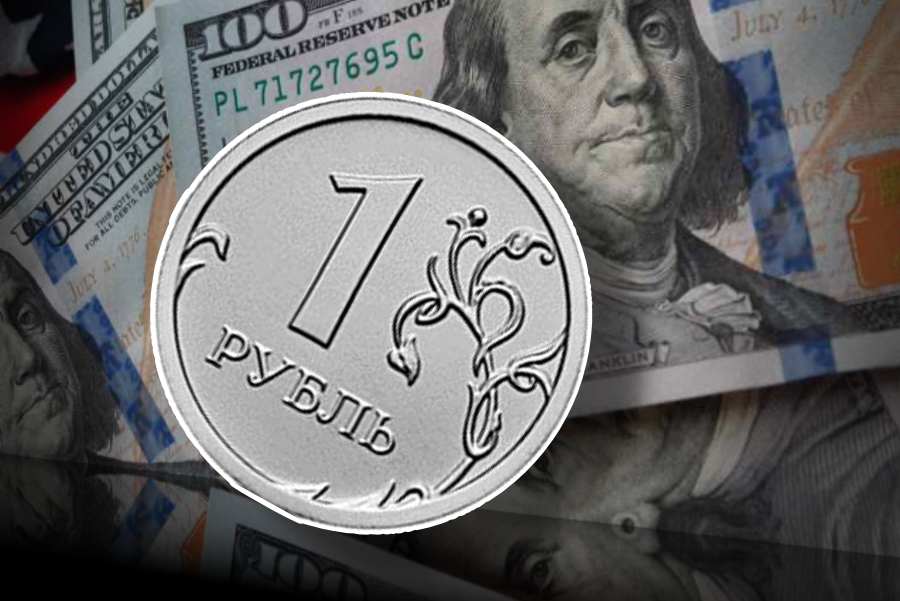Mon 28 January 2022:
On Monday, the Russian rouble hit a new low against the dollar, as the West intensified its campaign to punish and isolate Moscow for its invasion of Ukraine.
After Russian President Vladimir Putin put nuclear-armed forces on high alert on Sunday, the fourth day of the biggest assault on a European state since World War Two, investors raced to safe-haven currencies like the US dollar and yen.
Following mounting worldwide outrage over Russian President Vladimir Putin’s military operation against Kyiv, the United States, European Union, United Kingdom, Japan, Canada, and Australia have launched a slew of sanctions against Russia in recent days.
The measures include blocking some banks from the SWIFT international payments system, preventing Russia’s central bank from using its foreign reserves, banning broadcasts of Russian state media, and restricting Russian flights from European airspace.
The rouble plunged as low as 119 per dollar, and was last down nearly 29 percent at 118.
“Once business opens in Vladivostok no one in the world will want to buy roubles, even the Central Bank of Russia,” Tim Harcourt, chief economist at the Institute for Public Policy and Governance at the University of Technology Sydney, told Al Jazeera.
The euro also sank, dipping 0.76 percent to $1.11855, after earlier falling as much as 1.34 percent. The single currency lost 0.73 percent to 129.265 yen, and was 0.60 percent lower at 1.03665 Swiss franc.
The rouble’s rout came as satellite images appeared to show a large deployment of Russian ground forces moving towards the Ukrainian capital Kyiv, and ahead of talks between Ukraine and Russia on Monday morning near the Belarusian border.
“The escalating crisis in Ukraine will force markets to price in a substantially higher geopolitical risk premium, [and] that is going to leave safe havens like the USD bid,” Westpac strategists wrote in a client note.
“The Ukrainian situation is volatile, and so too is market sentiment, although a risk-averse backdrop near term appears the most prudent assumption,” meaning more downside for Australian and New Zealand dollars, they said.
The Aussie slid 0.75 percent to $0.7183, while New Zealand’s kiwi sank 0.79 percent to $0.66915.
NEWS AGENCIES
_____________________________________________________________________________
FOLLOW INDEPENDENT PRESS:
TWITTER (CLICK HERE)
https://twitter.com/IpIndependent
FACEBOOK (CLICK HERE)
https://web.facebook.com/ipindependent
Think your friends would be interested? Share this story!





